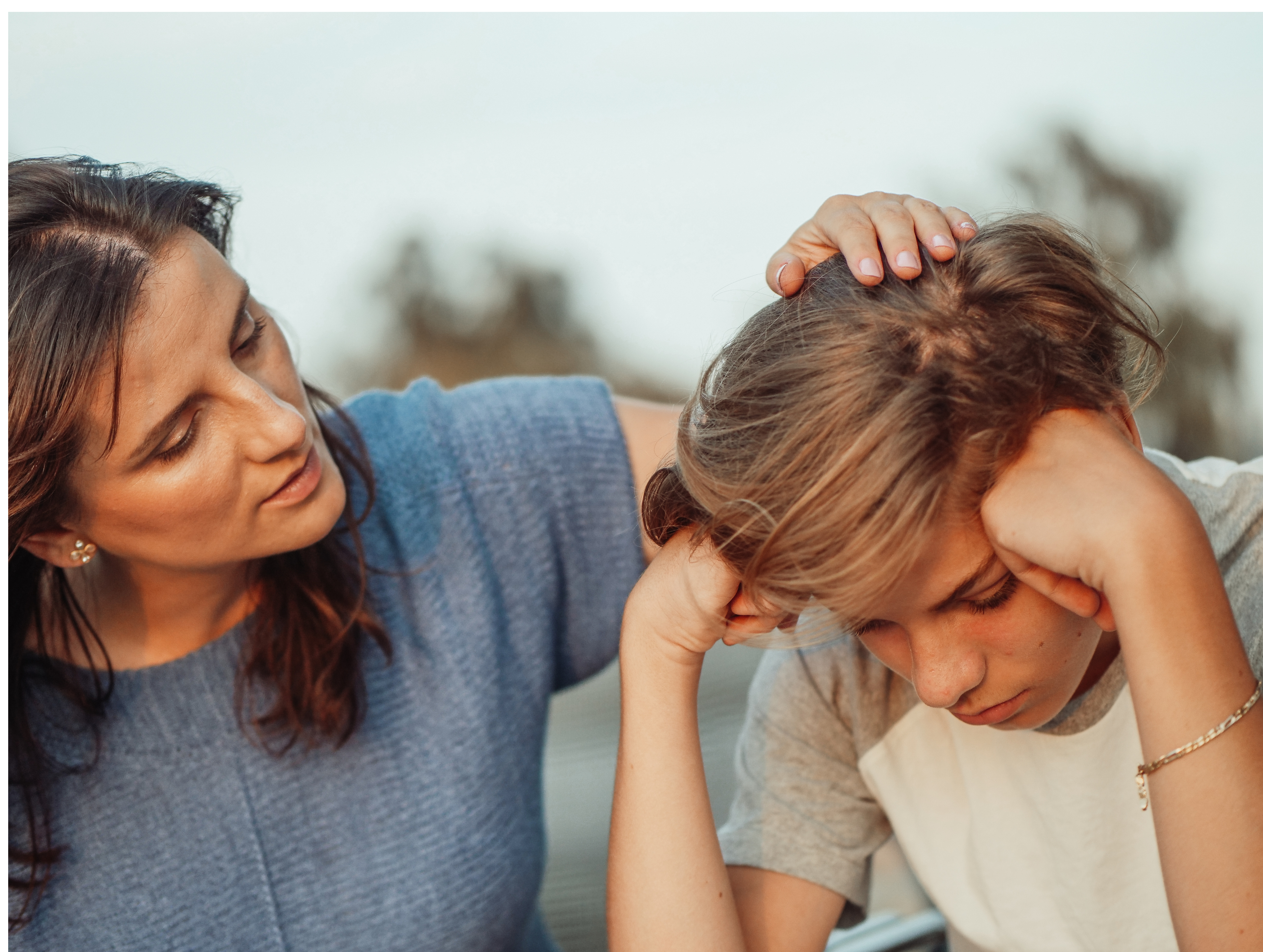Your cart is currently empty!

What the Different Types of Depression Look Like
INTRODUCTION
What does depression look like? Depression can affect anyone from children to adolescents to adults. Depression in children can look like a variety of things and this post will discuss those symptoms.
I will be writing about what four different types of depression that are in the Diagnostic and Statistical Manual of Mental Disorders (DSM-5): disruptive mood dysregulation disorder, major depressive disorder, persistent depressive disorder (dysthymia) and premenstrual dysphoric disorder.
There are four other types of depression discussed in the manual but this post will focus on the ones that tend to be more diagnosed among children.
Disclosure: This post may contain affiliate links. This means that if you make a purchase through one of my links I earn a small commission, at no additional charge to you. You can read more through my disclaimer.

Disruptive Mood Dysregulation Disorder
What it Looks Like
Disruptive Mood Dysregulation Disorder or DMDD is a common diagnosis among children ages when in a mental health setting.
To be diagnosed with this children need to be showing the following for at least 12 months:
- Severe temper outbursts that are grossly out of proportion to the situation and inconsistent with development level (i.e. a 7 year old threatening or physically assaulting a classmate that accidentally bumps into them in the hallway).
- The outbursts occur more than three times per week
- In between the outbursts, the mood is irritable or angry most of the day. This is noticeable by others.
- All above happen in more than one setting (school, home, etc.).
A child cannot be diagnosed with DMDD before age 6 and must show symptoms before age 10.
Want to know more about if your child is needing therapy? Click here to read my post about deciding if your kid needs therapy.
How to deal with it
Catching DMDD early is key to helping treat it. The earlier a child gets treatment, the more positive outcomes are likely to happen.
Treatment can consist of individual therapy, family therapy and teaching parents effective strategies for dealing with the outbursts.

Major Depressive Disorder
What It Looks Like
If you are enjoying this content, share it.
When people think of depression, they most likely picture a very sad person who is struggling to do anything. While that can happen it is not the only sign of depression, especially in children.
To be diagnosed with major depression, a person must be experiencing for at least 2 weeks a depressed mood (for children that can look like an irritable mood) nearly every day.
There also needs to be:
- A noticeable decreased interest in previously enjoyed activities
- Significant weight change like a child failing to make expected weight gain that is not caused by another medical condition
- Trouble with sleep
- Feelings of fatigue or loss of energy
- Restless
- Feeling worthless or excessive guilt
- Struggling to think
- Recurring thoughts of death
Click here to read my post about how to help someone with depression or suicidal thoughts.
Persistent Depressive Disorder (Dysthymia)
What it Looks Like
Dysthymia is characterized by experiencing a depressed mood most of the day for at least 2 years (1 year for children).
It has the same symptoms as major depressive disorder such as poor appetite, low energy, low self-esteem and poor concentration.
The person has never experienced a manic or hypomanic episode.
What Helps
A combination of talk therapy and medication can be helpful in treating Dysthymia.
Having a good support system is also helpful. Rather it be a friend to keep you moving or family members checking on you.
Premenstrual Dysphoric Disorder
What it Looks Like
This disorder is like a cycle that starts about a week before a period and starts to improve a few days after and is minimal in the week following a period.
At least 5 of the following symptoms must occur:
- Mood swings
- Irritability or anger
- Depressed mood, feeling hopeless
- Anxiety or tension/feeling keyed up
- Decreased interest in usual activity
- Difficulty concentrating
- Lethargic
- Change in appetite
- Change in sleep
- Feeling overwhelmed
- Physical symptoms like breast swelling or tenderness
All of these symptoms must cause significant distress or interference with daily activities (school, work, etc.).
How to Treat
While some talk therapy can be beneficial to help manage moods, most treatments for PMDD involve lifestyle changes and medical interventions.
This can include changes in diet, birth control and antidepressants.
CONCLUSION
There you have it! This is what the different types of depression look like. If you or someone you know if experiencing any of these symptoms reach out to a doctor for help.
To read more about depression follow this link.
Like this post? Share it! Then check out:
Childhood Depression, Having Suicidal Thoughts, Seasonal Affective Disorder
